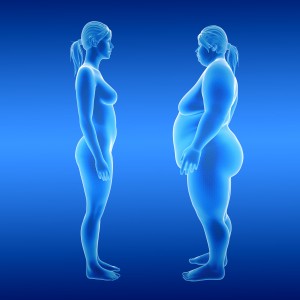 A team led by researchers at the University of Granada in Spain published in the journal Clinical and Experimental Rheumatology their findings on the differences in body composition profile found in fibromyalgia patients, especially among women. The study is entitled “Does body composition differ between fibromyalgia patients and controls? The al-Andalus project.”
A team led by researchers at the University of Granada in Spain published in the journal Clinical and Experimental Rheumatology their findings on the differences in body composition profile found in fibromyalgia patients, especially among women. The study is entitled “Does body composition differ between fibromyalgia patients and controls? The al-Andalus project.”
Fibromyalgia is characterized by widespread chronic musculoskeletal pain, stiffness and numbness in certain parts of the body, fatigue, headaches, sleep disorder and mood alterations. It can affect the ability of the individual to conduct simple daily tasks, compromising the quality of life. Women are known to have a significantly higher susceptibility to fibromyalgia than men.
The al-Andalus Project was developed with the purpose of discriminating between the presence or absence of fibromyalgia in patients by determining their ability to perform a specific set of physical fitness tests, including the arm curl, handgrip strength, 30-s chair stand, back scratch and 6-minute walk. The identification of women unable to meet the expected standards in these tests can help in diagnosing the disease and subsequently offer proper treatment.
The goal of this study was to characterize the anthropometric and body composition profile of southern Spain men and women with fibromyalgia enrolled in the al-Andalus Project in comparison with healthy controls. A cross-sectional study was conducted with 566 fibromyalgia women (average age 51.9 years) and 249 healthy control women (average age 49.3 years), along with 24 fibromyalgia men (average age 47 years) and 56 healthy control men (average age 49.7 years). The body composition of all participants was determined using a bioelectric impedanciometer, and the cardiorespiratory fitness evaluated by the 6-minute walk test.
Researchers found that, with the exception of muscle mass, all the body composition parameters analyzed differed significantly between women with fibromyalgia and healthy controls, even after adjusting the results for several variables. However, when cardiorespiratory fitness was taken into account as a covariate, differences were no longer detected in body composition between the two women groups. In men, no differences were found between fibromyalgia and controls for body composition. In terms of weight status, the team found no differences between the two groups of men, whereas women with fibromyalgia had 11% lower normal-weight and 17% higher obesity prevalence in comparison with control women. The team found that 79% of the fibromyalgia men and 72% of the fibromyalgia women were overweight-obese, while 83% of the control men and 61% of the control women were overweight-obese.
The team concluded that in the analyzed sample in southern Spain, obesity is more prevalent among women with fibromyalgia in comparison with healthy control women. As for men, no differences were found in either body composition or weight status between fibromyalgia men and healthy men, although men with fibromyalgia exhibited a lower cardiorespiratory fitness.

